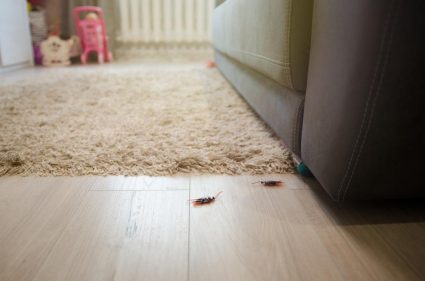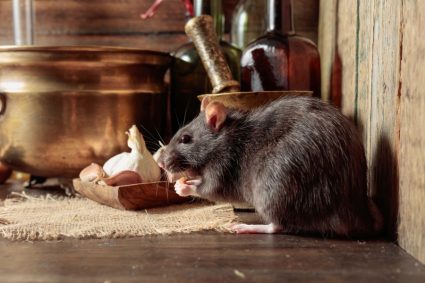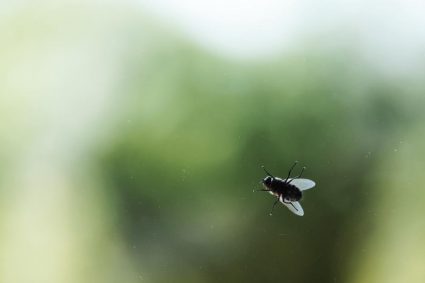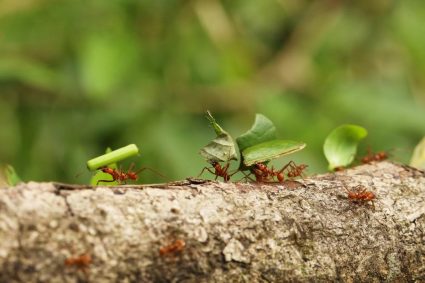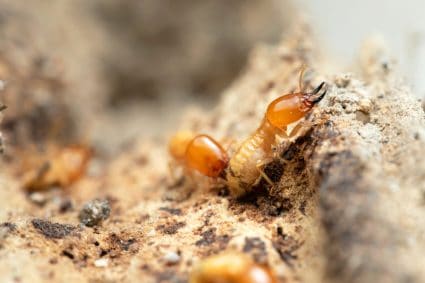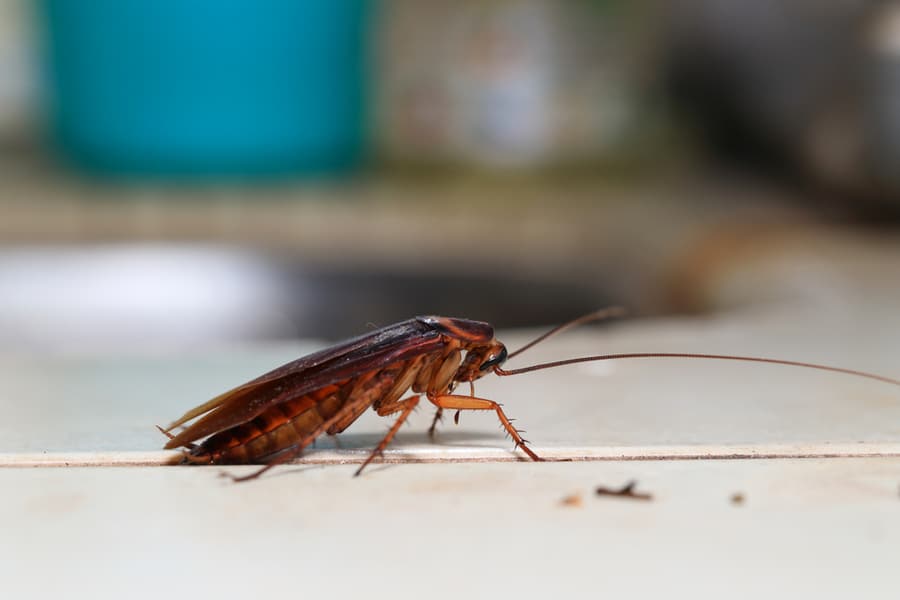
Roaches are among the most tenacious pests due to their tough exterior and ability to adapt to any environment.
However, as winter approaches, many people wonder what happens to roaches during this time. Do they die off? Do they go dormant? Do they retreat to warmer places?
In this article, we will explore what happens to roaches in winter and the kind of roaches that survive in this season. What’s more?
We will give proven techniques to help prevent bugs from taking over your home.
As ectothermic insects, roaches react to temperature. Mostly, they thrive best in summer but usually have a challenging winter period.
Some odd experiences with bugs during winter are:
- They are less active.
- Reduced metabolism, making egg production and mating more challenging.
- They become a nuisance in winter as they run indoors, searching for food.
- There is a tendency for a high infestation and transmission of disease.
The few headings below will identify the effects of winter on roaches. Also, we will discuss the species of roaches that thrive during colder months and how to prevent their Infestation in winter.
Effects of Winter on Roaches
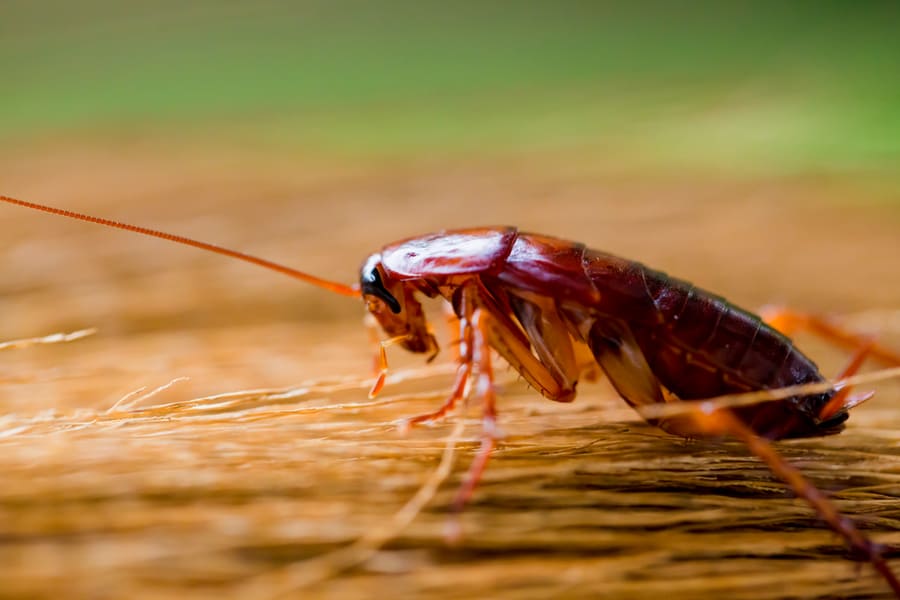
Roaches are ectothermic, which implies that their environment controls their body temperature. Roaches are more active during the warmer months and readily find food supplies.
These include crumbs or leftovers in houses or trash piles in outdoor locations.
However, as temperatures fall, these pests become slow and less active, making it shelter that gives warmth, such as cracks and crevices in the earth, to avoid the cold.
Some roach species gather in significant numbers in these areas, using their bodies to create heat and keep each other warm.
Moreover, just because roaches are less active during the winter does not mean they are entirely dormant. They may still reproduce throughout this period.
But, cockroaches’ reduced metabolism can make mating and egg production more challenging in the winter.
Food availability is another element that affects roaches throughout the winter. These pests are opportunistic feeders, meaning they will consume nearly anything.
Although, when food is scarce, they may eat each other or their feces to live.
In addition, particular roaches enter a state of hibernation known as diapause. Their growth and reproductive cycles become slow during winter dormancy.
This state of hibernation slows their metabolism and makes some inactive.
Also, some roaches may become more of a nuisance in winter. They may seek refuge from cold weather by running indoors to thrive in moist places in the home.
Likewise, they also run into a house to source food when it becomes scarce during the cold season.
Since humans spend more time indoors during the winter, cockroaches may have more possibilities to come into touch with them. It increases the likelihood of Infestation and the transmission of diseases.
So, what does this mean for homeowners wanting to keep roaches under control? The good news is that getting rid of bugs throughout the winter is effective.
Their slower metabolism and activity make them more prone to eradication tactics such as bait and pesticides. Still, it is necessary to take precautions to keep them out of your home.
Before we delve into prevention, let’s talk about the type of cockroaches that survive during winter:
Which Roaches Are Winter Pests?
Several cockroach species are winter pests because they can survive and thrive indoors during the colder months.
The following are some of the most prevalent winter pests:
1. German Roach
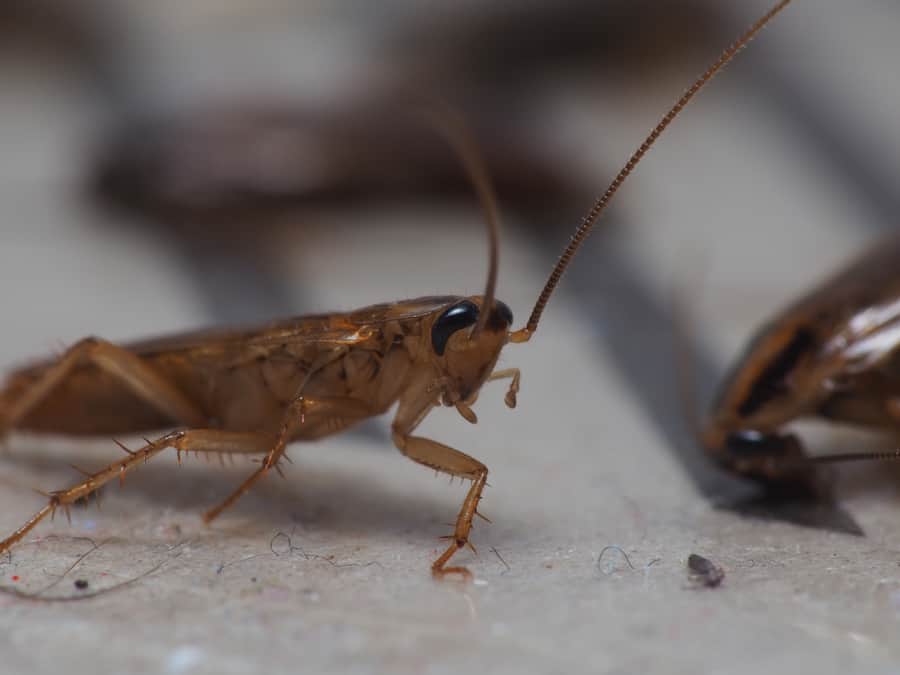
The German cockroach is widespread across the country. They Cockroachten residences and can be difficult to eradicate once established. They reproduce swiftly, increasing their numbers in your home.
German roaches may survive the winter if they locate a moist habitat and a food source (such as in your kitchen or under your appliances).
2. The American Roach
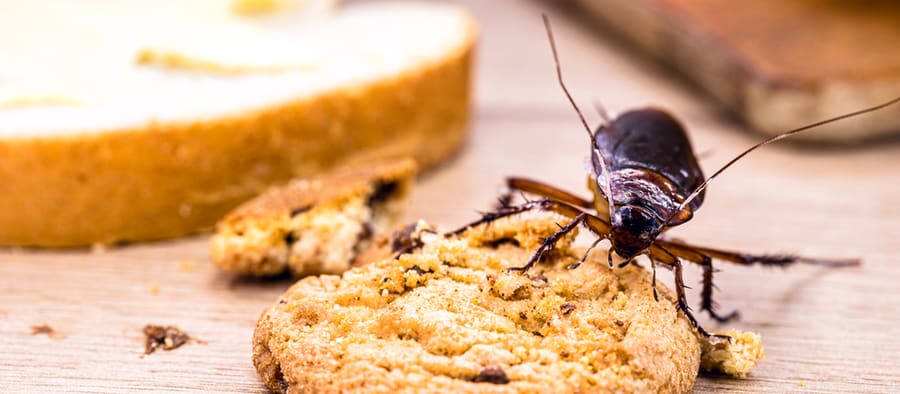
The American cockroach is huge and reddish-brown that may be found in houses, restaurants, and other structures.
While they love warm, humid surroundings, they can also live in lower temperatures. That said, you may find them in decayed trees and woodpiles.
3. The Oriental Roach
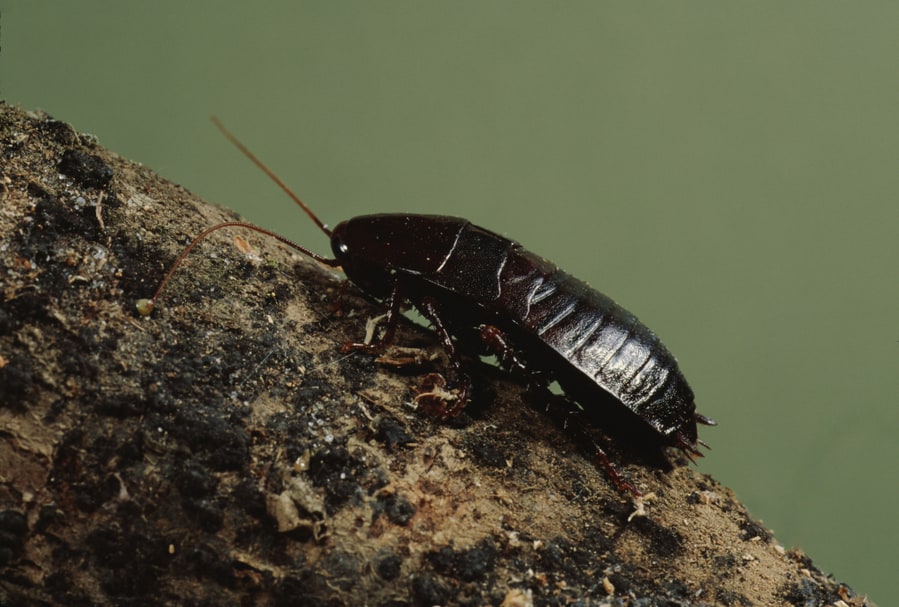
Although the oriental cockroach is an indoor specie, it wanders outdoors for food. To survive, these roaches need water.
The Oriental cockroach is a dark, glossy cockroach that lives in basements, crawl spaces, and other moist places.
If they spend the winter outside, they will seek refuge in rock walls or other sites that provide cover and warmth. They can withstand lower temperatures than many other species.
4. Brown-Banded Roach
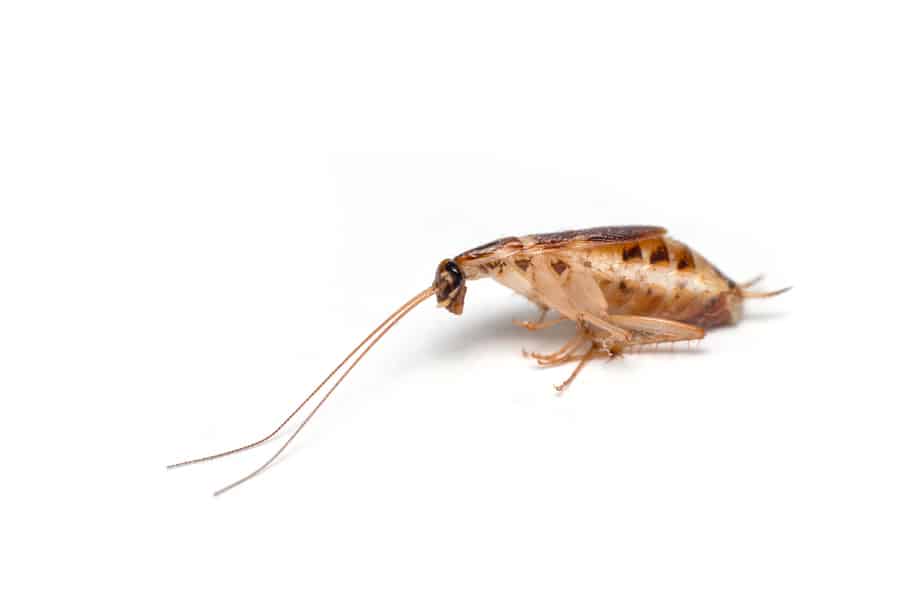
The brown-banded cockroach is a species of cockroach found in the United States. Unlike the German cockroach, the brown-banded cockroach is not common. But it can still be a pest in homes and other buildings.
Heat attracts these roaches, so they are often found near appliances, heaters, or anything else with an electric motor.
Also, you may find them in high kitchen cabinets, where they receive protection from light and can easily access food and water.
How To Prevent Roaches in Winter
Here are some measures you can take to avoid roaches in your home during the coldest season:
1. Cover Holes and Cracks

Cockroaches enter your home through cracks in the walls.
Adult roaches may sneak into gaps as tiny as 1/16 inch. They enjoy areas 3 millimeters wider than their 7/8-length bodies. Also, they seek refuge in dimly lit rooms.
Breeding in the wild is challenging and risky for roaches. For instance, giant outdoor cockroaches reproduce rapidly. That is when they discover surplus food and good shelter.
A possible clue is if you see one or two young ones running around your house close to their nests.
Inside, there might be hundreds and more! So, if you reside or work in an apartment with shared walls, be on the lookout for cockroaches.
Use caulk, silicone, or weather weatherstripping to seal around windows, doors, and other openings.
2. Store Foods in a Safe Place

Storing food in a safe place prevents roaches during the winter. Bugs consume various items such as crumbs, grease, and even toothpaste.
To minimize the food sources for roaches, store food in airtight containers and keep your home free of crumbs and spills.
3. Do Not Leave the Dishes Unwashed

Dirty dishes can attract roaches because they supply food and moisture essential for roach survival. Roaches are omnivores.
This means they consume almost anything, including residual food particles and grease from filthy dishes.
Furthermore, the warmth provided by dirty dishes in an enclosed place, like a dish rack or sink, can offer a perfect breeding and egg-laying habitat for roaches.
To keep cockroaches away from dirty dishes, clean and store dishes regularly, and keep the kitchen clean and dry.
4. Keep Outdoor Lighting to a Minimum
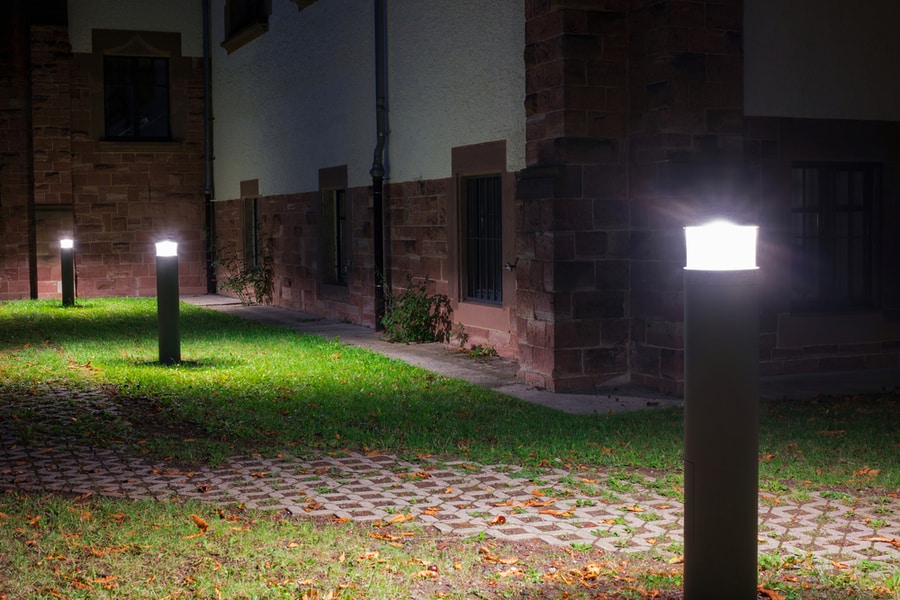
Keeping outdoor lighting to a minimum can help prevent” roaches in winter. Bright lights can attract cockroaches, using the lights as a guide to finding their way into your home.
By reducing the amount of outdoor lighting, you can discourage roaches from approaching your home and reduce the risk of an infestation.
For example, turning off outdoor lights or switching to yellow ” bug lights” can help reduce the amount of light.
5. Keep All Floors and Counters Clean

Roaches love food and moisture. So it is essential to remove any crumbs, spills, or other food sources that may be present in your home.
Do this by sweeping or vacuuming your floors regularly. Also, wipe down counters and other surfaces.
Avoid leaving food on counters or tables overnight, attracting roaches and other pests. In addition to practicing good sanitation, reduce moisture in your home by fixing leaky pipes and using dehumidifiers.
6. Empty Trash Cans
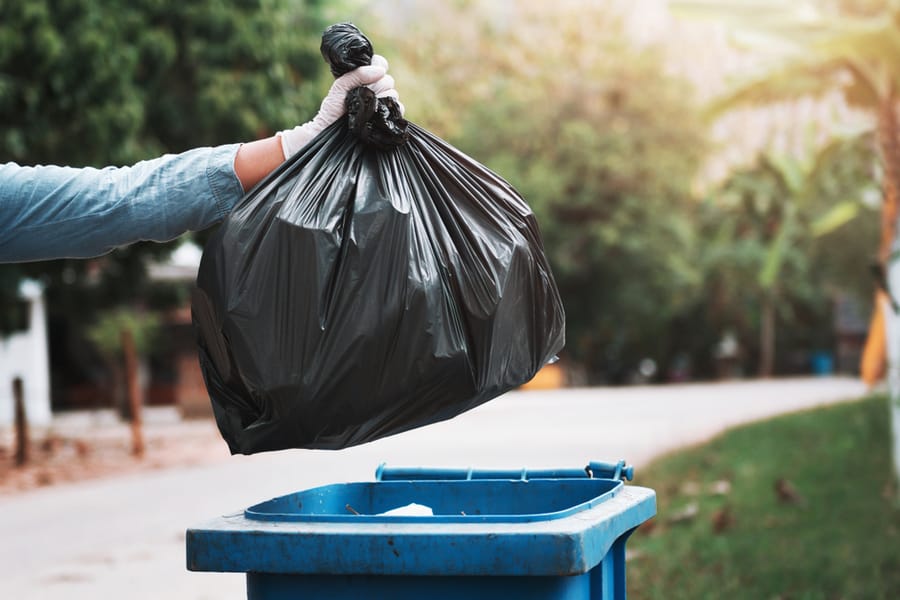
Food crumbs pile in the bottom of your waste bins. Roaches get in when you don’t take out the garbage often enough in the winter to eliminate them.
Make it a habit to dispose of the trash every night before bed.
Cockroaches are fond of roaming to full garbage cans because they provide a feeding supply! Taking away the garbage can help you get rid of these pests.
When exposed to rotting food for an extended period, they pose a risk of disease transmission.
7. Use Roach Bait and Traps
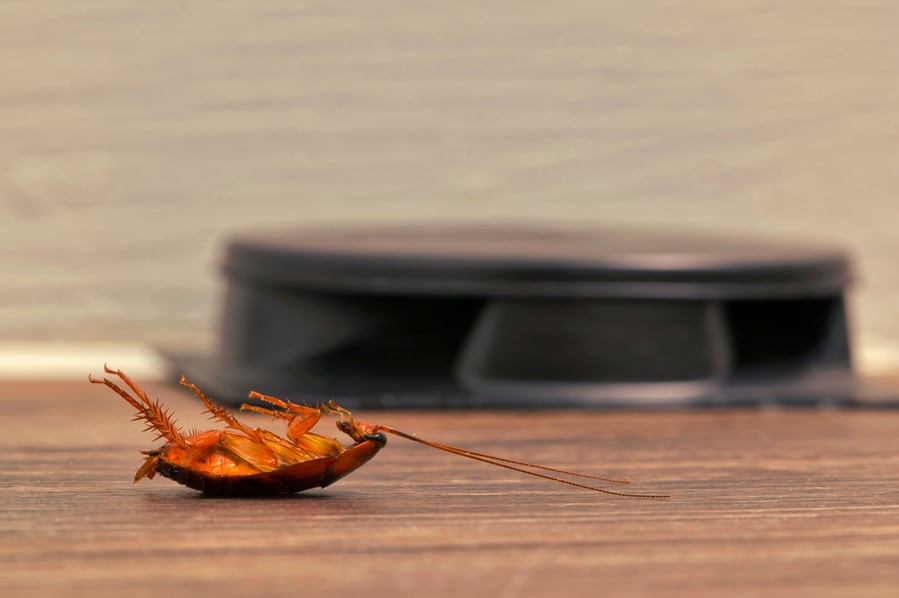
Roach bait contains a slow-acting insecticide that roaches will consume and then spread to other roaches, killing the entire colony.
Conversely, roach traps use a sticky surface to trap and kill pests that come into contact with it.
You can catch and kill cockroaches by placing their bait and traps in strategic locations. Such locations may include nearby appliances, behind furniture, and areas where roaches hide.
This can help reduce the overall population of cockroaches and prevent an Infestation from spreading.
That said, endeavor to maintain good sanitation when you use roach bait and traps.
Conclusion
Winter poses a lot of challenges for roaches. In colder months, these house pests become less effective, experience starvation and a reduced metabolism that affect their production, etc.
Despite their horrible experience in winter, a few species of roaches: German cockroaches, American cockroaches, etc., thrive well during colder months.
In summer, there is a tendency for a high rate of roach infestation as they move around in search of food.
Hence, to prevent their entrance into your home, engage the strategies above and have a roach-free experience in winter.
Frequently Asked Questions
Do Roaches Like Cold?
Cockroaches dislike the cold. They are cold-blooded arthropods that do not fare well in either extreme cold or high heat.
They are always at the temperature of their surroundings and often become slow at lower temperatures.
Although, some species of cockroaches, such as the Germans, can survive in cold weather by seeking shelter in warm homes and buildings.
Food and moisture attract them, so they look for warm, moist places to find sustenance.
Do Roaches Die in Cold Weather?
Most cockroaches can withstand freezing temperatures. But adult roaches will perish in an environment below 0 degrees F.
When the temperature decreases this low, they will struggle to stay alive and will die unless they find a warmer spot to inhabit. Nymphs are more prone to hibernation.
Does Rain Cause Roaches To Hide in Homes?
When heavy rain occurs, it can sometimes cause the sewer systems to flood.
This can be a problem for cockroaches, as you often find them in these moist and dark environments when the sewer systems become flooded.
The cockroaches can get washed out and sent running for a new shelter.

